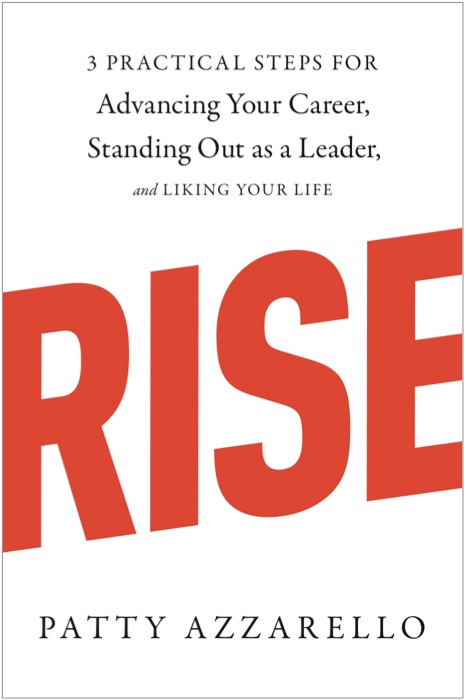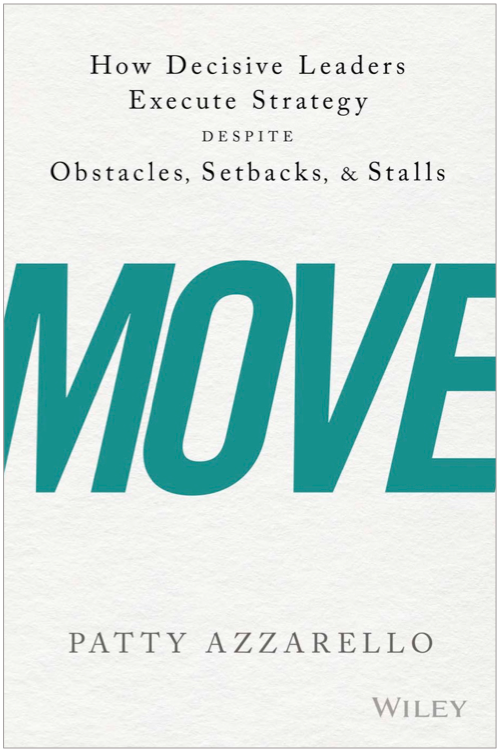
You can actually get these “stop talking” cards here.
Yes or NO?
Earlier in my career, when I was faced with a scary executive and I got nervous, I would find myself talking way too much.
I got cured of this when I had a manager who could be scary, and he used to yell at me when he asked me a YES or NO question and I started talking.
He would say, “Yes or No?” I would keep talking. He would say again “Yes or No”? And I would keep talking.
I felt that I had to put my answer in context and justify it.
Or I felt I needed to show the hard and impressive work that got me to the final recommendation.
He would shout, “Yes or No”.
Finally, I would meekly say, “No” and he’d say, “OK, go away”.
It was painful, but what I came to realize was that this was a good thing — it meant that he trusted me.
And he was saving both of us time.
Executives are busy. You need to get to the point. Fast.
Steps to keep it short
Here is how I learned to keep it short, even if I am nervous.
#1. Take a breath.
You don’t need to react immediately. Give yourself a moment to organize your thoughts before you start talking. Even a few seconds makes a huge difference. You can say, “I need one moment to organize my thoughts so I don’t waste your time.” I do this all the time.
#2. Frame your response at a high level first.
For example, “My proposal has 3 components, quality improvement, cost savings, and competitive advantage.”
#3. Stop.
Just stop. Your goal at each step is to answer with as little information as possible, not as much information as possible. You don’t need to start justifying with details.
#4. Let your listener choose the level of detail they want
They might say to this, “As long as you are addressing those 3 points, you have my support”. Done. (Go away.)
Or they might say, “Tell me what more about you are doing for quality improvement”.
Go back to Step #2.
What is the least amount of words you can use at this point? “We have two quality issues, the bigger one is related to service delivery. The second is a problem with a tech issue that is only happening outside the US. This proposal will fix the former. The latter will be fixed by product development in 1 quarter.”
Go to Step #3.
Stop.
Go to Step #4.
Let your listener choose the level of detail that they want.
They may say, “Great. It sounds like you are on the right track”. Or they might want more information. Let them ask. Draw the question.
If you train yourself to frame your communications at the high level first, it shows that you respect the time of your stakeholder.
It shows you as someone who can have an efficient, strategic conversation. It shows that you can get to the relevant point without dragging them through a bunch of stuff they don’t want to hear. You will build credibility.
Responding when they want detail
This approach doesn’t mean that you should not be prepared with detail in case they might want it.
The trick is to always let them decide the level of detail that they want.
It’s important NOT to assume that they want it all.
If they want a deep dive on detail, what I like to do is even though they asked for detail, I first frame the detail that I have at a high level (Step #2), and then again let them choose (Step #3).
I might say, “I have these research documents, these benchmark studies, these customer interviews, these roadmap updates, etc. Is there a particular area you want to dive into first?”
That way once again you are making sure that your communications are relevant to what they want to talk about.
The risks of talking too much
Taking too much, justifying things unnecessarily, and sharing too much detail run these risks:
1. You might raise a detail that triggers an issue you could have avoided, or dealt with after you got approval.
2. You don’t get approval because your stakeholder simply can’t follow your case at such a detailed level.
3. You are seen as not strategic and missing the point because you cannot frame the issues in a business-focused way.
4. You block your career path because executives dread talking to you because you don’t use their time well.
I have seen these things happen to many people over the years.
Make sure you are not unnecessarily dragging them through too much detail.
Too much information is not helping you either in the moment or in your career.
The good news is that this is something you can get better at with practice as I did.
Always be thinking, “What are the fewest words I can use in this moment?” Know that drawing questions is a good thing because…
Your listener, with their questions, will direct you to exactly what they want to hear about.
You never have to guess. You will always be relevant.
See also, The key to be more impressive? Stop Trying
Good luck.
Want to be more strategic?
This month the topic in my Executive Mentoring Group is Developing Strategic Habits.
Check out this month’s Webinar and Playbook for more ideas to work more strategically. You can get access for free.
What do you think?
Join the conversation about this on my Facebook page Patty Azzarello Practical Business Advice for Humans.
Patty Azzarello is an executive, best-selling author, speaker and CEO/Business Advisor. She became the youngest general manager at HP at the age of 33, ran a billion dollar software business at 35 and became a CEO for the first time at 38 (all without turning into a self-centered, miserable jerk)
You can find Patty at www.AzzarelloGroup.com, follow her on twitter or facebook



